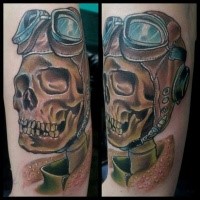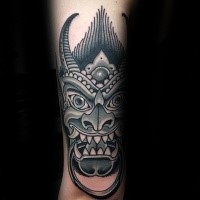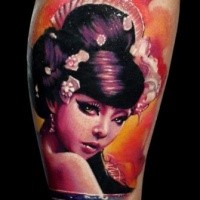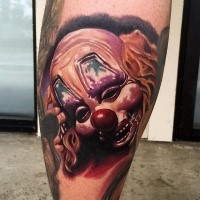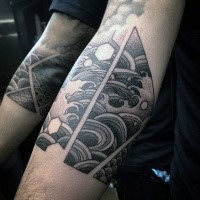Traditional tattoos
Traditional Japanese quality. Traditional Caucasian welcome. Traditional Russian what? – vodka, nesting doll, balalaika, accordion? – Siberia, bears, Gulag, Solovki? – pans etc. Yes, you will say, again about politics or culture. You guessed wrong, or partly wrong, approximately for 30 per cent. We will speek now about culture, and to tell the truth, the subculture, that supports human beings during all its development. Subculture, that everybody heard about, but know nothing. And it, like doll with balalaika, has its history as well as tradition. Tattoos.
What is a traditional tattoo? You can think that everything it is clear about it – the tattoo, made in traditional style, or tattoo that took the tradition of this or that people. Here is the biggest puzzle. What is the traditional tattoo and traditions of what people it got? What ethnic group can boast it? The people who inhabit Asia and Oceania, you should say. But you are not right. Asians have their own roots in traditional tattoos. But neither first nor second can boast that their culture traditions are related to the modern traditional tattoos, and probably it is good. Because to tell the truth everything here is very simple. The term "traditional" as the trend in tattoo world, was introduced by American people approximately in 60s of the last century that were based on the popular motifs of the end of 19th and the beginning of 20th century – the time of popular street booths and different circuses, in which alongside with clowns there were entertainment performed by strange people, first aborigines and then Europeans, whose bodies were from head to toes covered with pictures – tattoos. These kinds of tattoos, that were very popular because of the advanced part of community of that time, that were made on the bodies of the clients by the local tattoo artists and after that got the name "traditional".
Traditional tattoos include the ones, who were made with primitive technique, very quick and were not very artistic and great philosophic meaning. Among these works can be named sailor tattoos with names of ships, beauties, stylish hearts. There are other common tattoos that apply to this genre. In another words traditional tattoos are including mass themes that unite people all over the world.
If we speak about American traditional tattoos of the 60s, the time of the cold war, it is good to think about Russian or Soviet traditional tattoos, from which we began our conversation. Let’s go to the roots. The development of traditional tattoos all over the world is going through cycles, because in this or that point of time the demand on them increases or decreases. The flourishing of the popularity for traditional tattoo in Russia, and at that point the Soviet Union was on 50s. Then in the Soviet union wide trousers were popular, special caps and the coolest thing – tattoo that was made with blue ink with a needle. Themes were not various. There were own dates of birth, women faces, rising sun, birds.
The places of application of traditional tattoos are very different – hands, shoulders, chest.
So traditional tattoo designs are represented by hearts, knives, anchors, names, simple depictions of the animals, flowers, pistols and other motifs, sometimes comic. Such traditional tattoos are applied to show the loyalty to games or to hint on unhappy love.
It is not a rare thing in traditional tattoo to use some special fonts that can be similar to gothic, but can have some peculiarities in location – for example in waist. Such fonts were used even by American bandits.


